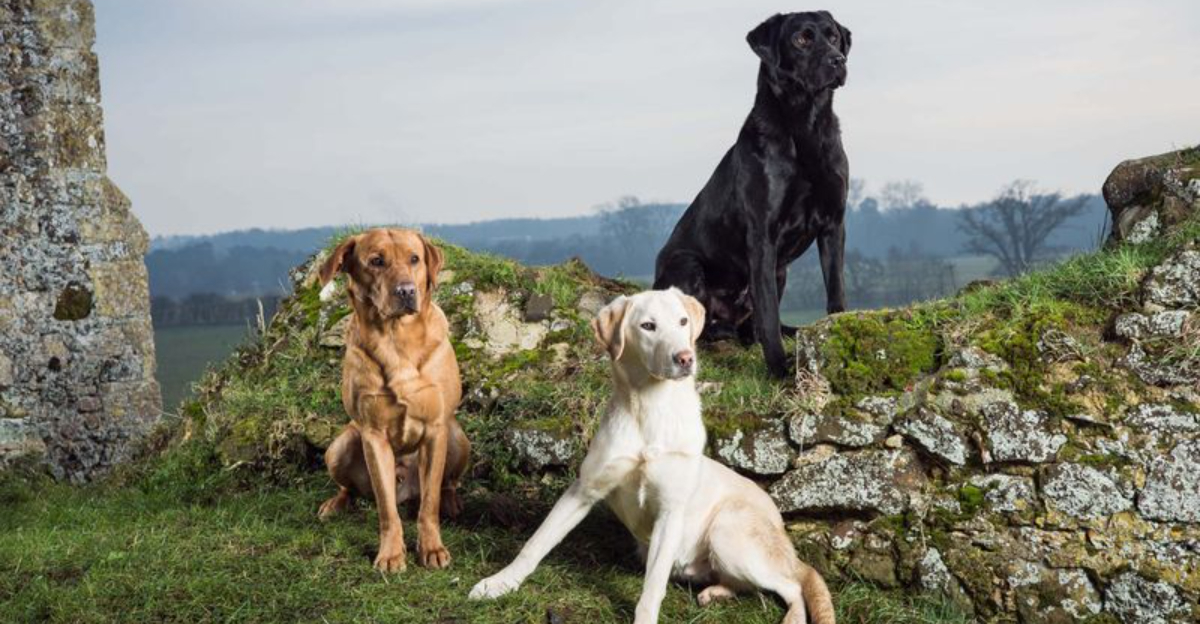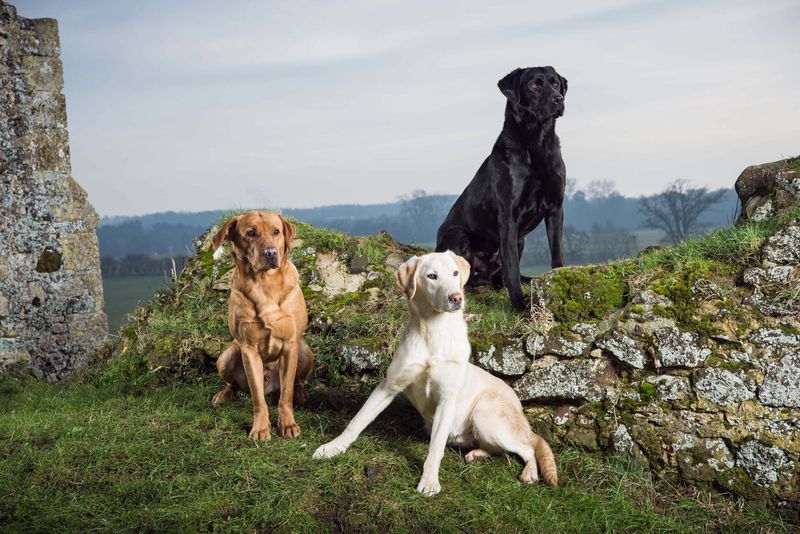📖 Table of Content:
Labrador Retrievers, adored for their friendly demeanor and remarkable intelligence, have earned their place as one of the most beloved dog breeds worldwide. Their adaptability and loyalty make them ideal companions, but there’s more to these dogs than meets the eye. Beneath their well-known charm lies a treasure trove of lesser-known traits and surprising facts.
From their impressive history as working dogs to their unique physical abilities, Labradors showcase versatility and skill that often go unnoticed. They excel not only as family pets but also as service dogs, rescue partners, and even sporting champions. These attributes highlight their extraordinary capabilities and enduring appeal.
Delving into these intriguing aspects reveals a deeper appreciation for the breed’s remarkable qualities. Whether it’s their love for water or their uncanny ability to read human emotions, Labradors prove why they remain timeless favorites. Discover what makes these dogs truly exceptional.
1. Their Love for Water
Labradors are naturally attracted to water. Their love for swimming is partly due to their heritage, as they were initially bred to help fishermen retrieve nets and catch fish.
Many Labradors have webbed paws, making them excellent swimmers. This unique feature allows them to glide through the water effortlessly.
If you have a Labrador, you’ll likely find it hard to keep them away from any water bodies. Providing them with ample opportunities to swim can be an excellent way to keep them happy and active.
2. Born to Retrieve
A distinct trait of Labradors is their instinctive tendency to retrieve. This behavior traces back to their origins as working dogs in Newfoundland, where they assisted fishermen.
This innate ability makes them great companions for games like fetch and frisbee, ensuring they get plenty of exercise while having fun.
If you’re considering training your Labrador, harnessing this retriever instinct can yield impressive results. It’s not just about play; it enhances their mental and physical well-being.
3. Labrador’s Unique Coat
Dense and water-resistant, the coat of a Labrador Retriever serves as a shield in cold water environments. This practical design complements their beauty, enhancing their adaptability and resilience.
This double-layered coat means they can withstand various weather conditions, making them adaptable to different climates.
Regular grooming helps maintain their coat’s shine and health, ensuring they remain comfortable and look their best. If you’re planning outdoor adventures, know that their coat is an essential part of their resilience.
4. Gentle and Patient
Labradors are renowned for their gentle and patient nature, making them ideal family pets. They often form strong bonds with children, showcasing endless patience.
This temperament makes them excellent therapy dogs, providing comfort and companionship to those in need.
For families, having a Labrador means enjoying a pet that’s both playful and protective, ensuring a joyful environment at home. Their gentle demeanor is a big reason behind their popularity in households across the globe.
5. Intelligent and Trainable
Labradors are highly intelligent and trainable, ranking among the top breeds for obedience and working intelligence. This trait makes them versatile in various roles.
From service dogs to search and rescue operations, their ability to learn commands quickly is invaluable. Training sessions can be a fun and rewarding experience for both dog and owner.
Engaging them in new challenges helps keep their minds sharp, providing both mental stimulation and a sense of purpose.
6. Labradors and Their Appetite
One of the lesser-known facts about Labradors is their voracious appetite. They are notorious for being food-driven, which can sometimes lead to overeating.
This trait requires owners to monitor their diet carefully, ensuring they maintain a healthy weight. Incorporating portion control and regular exercise can help manage their hunger.
Reward-based training works well with Labradors, as food treats are a significant motivator. Understanding this aspect of their behavior is essential for their long-term health and happiness.
7. Labradors in History
Labradors have a rich history dating back to the early 19th century in Newfoundland. Originally known as St. John’s dogs, they were essential companions for fishermen.
Their abilities in retrieving and swimming made them invaluable for water-related tasks. This historical background has shaped the breed we know today.
Understanding their past provides insights into their behaviors and traits, emphasizing the significant role they played in the lives of those who relied on them for survival.
8. Their Vocal Nature
While Labradors are generally quiet, they can be quite vocal when excited or seeking attention. This trait might come as a surprise to new owners.
Their vocal expressions can range from playful barks to low rumbles, each conveying different emotions.
Recognizing and understanding these sounds can enhance the bond between owner and pet, providing insights into their moods and needs. Encouraging proper vocal behavior through training can also be beneficial.
9. The Three Labrador Colors
This breed comes in three standard colors: black, yellow, and chocolate. Each color has its unique charm, yet they all share the same lovable personality traits.
These colors are more than just aesthetic; they are linked to genetic factors that can also influence certain health traits.
When choosing a Labrador, color preference is a personal choice, but it also offers an opportunity to learn about their genetic background. Understanding this aspect can enhance the experience of owning a Labrador.
10. Famous Labradors
Several Labradors have made their mark in history, starring in films or serving as guide and rescue dogs. Their contributions highlight the breed’s versatility and intelligence.
Many Labrador Retrievers have become beloved figures, embodying the traits that make this breed exceptional.
Exploring these stories can be inspirational, offering insight into the potential and capabilities of Labradors. They remind us of the profound impact these dogs have had in various roles across society.










